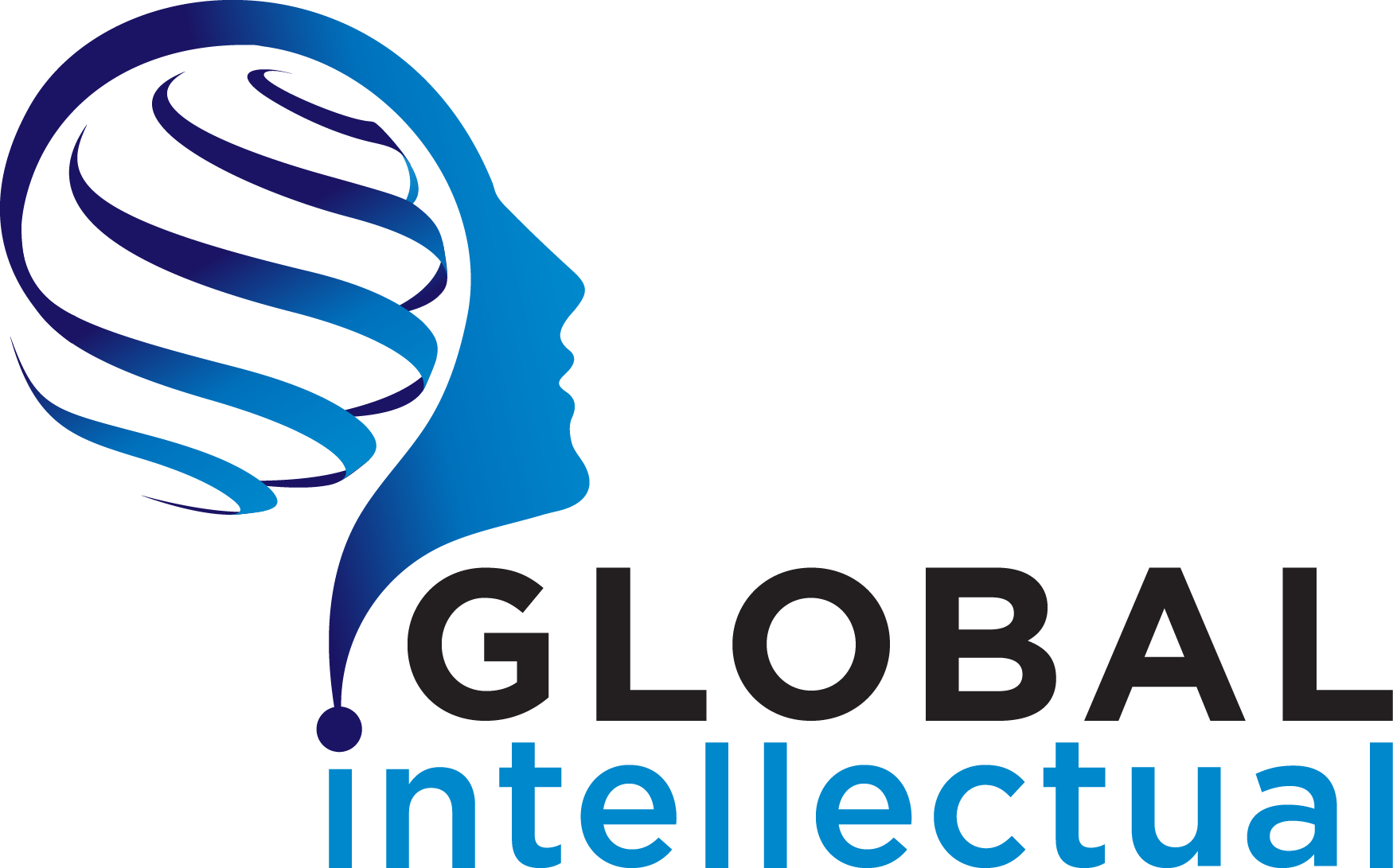Turning the Lights On in Morocco: A Case Study of a Renewable Energy Approach to Sustainable Development
By Chris Caruso
Having largely succeeded in meeting its millennium development goals,[i] and having assumed the presidency of the United Nations’ climate conference, COP22, in 2016,[ii] Morocco has gained a reputation as a regional and global leader in renewable energy resource strategies for promoting sustainable development. The complete picture is more mixed than it might at first appear, as persisting problems have left room for progress and not all other countries possess the same conditions that helped Morocco get this far. Nonetheless, Morocco has provided an ambitious example for aspiring renewable energy developers to learn from.
Under its current strategy, Morocco aims to increase renewables’ share of its energy sector from 28% at present to 52% by 2030.[iii] This follows a period of impressive yet only barely sustainable development of the energy sector beginning with structural reforms in the 1990’s. While the country was able to increase the percentage of the population connected to the power grid from 18% in 1995 to 98% in 2015, progress came at a great cost. As recently as 2011, Morocco imported 95% of its energy needs–the highest in North Africa.[iv] The resulting fiscal strain and carbon footprint has necessitated a national strategy for boosting sustainable energy production to achieve sustainable development and energy independence.
Since 2003, Morocco has been putting in place strong foundations for enhancing environmental policy. In 2009, the country began a new National Energy Strategy to promote domestic sources of energy, particularly in renewables. From 2008 to 2010, energy production from non-hydroelectric renewables more than doubled, and renewables as an overall share of Morocco’s energy production increased from 6% to 17%, accompanied by a decline in electricity production from oil, gas and coal.[v] The country’s Wind/Hydro Programme, expected to be completed this year, will support new transmission infrastructure and water storage facilities. The country has taken advantage of its wind energy potential by building significant wind farms such as Abdelkhalek Torres, Amogdoul, Tangier, and Touahar Taza.[vi] Given it receives more than 3,000 hours of dependable sunshine every year,[vii] Morocco has also been working on the world’s largest concentrated solar power plant. Located in the desert near the city of Ouarzazate, the plan will produce 580MW of electricity upon completion in 2018,[viii] and could produce enough sustainable energy to reduce carbon emissions by 760,000 tons per year.[ix] Additionally, Morocco intends to expand in other desert regions to produce two gigawatts of solar capacity by 2020.[x]
For these reasons, Morocco can provide an instructive example for the rest of the Middle East and North Africa region, which is also endowed with abundant sunlight.[xi] Nonetheless, some caveats should be considered. In part, Morocco owes its success to development cooperation from Germany and France as major donor countries, [xii] as well as from international financial institutions such as the World Bank, the African Development Bank, the European Union’s Neighborhood Investment Facility, and the European Investment Bank.[xiii] Expectations that Morocco’s example could be replicated should be tempered by the fact that the country has enjoyed a particular advantage in attracting international investment due to its political stability relative to the rest of the region, as well as predictable legal and banking systems. Many neighboring countries lack this constancy.[xiv]
Moreover, there is still room for improvement in the wider environmental landscape. Work remains to be done in waste management, where deficiencies in the sector are allowing for pollution of surface and groundwater and the deterioration of landscapes in urban and peri-urban spaces. Morocco also suffers from excessive rates of soil degradation, particularly in the north and north-west regions, as well as desertification and deforestation, with about 30,000 hectares invaded by desert each year and hundreds of oases evaporating, threatening biodiversity and millions of human lives.[xv] Human rights concerns also remain relevant−Morocco continues to occupy the Western Sahara and grant oil exploration contracts for illegal drilling there, as well as export green energy from the territory back to Morocco without the consent of its inhabitants.[xvi]
Nonetheless, Morocco remains “a pioneer among the Middle East and North Africa countries in establishing a policy and regulatory framework for promoting sustainable energies and energy efficiency.”[xvii] Underscoring this is the 2011 Constitution stipulating that sustainable development is the right of every citizen, which has helped give new impetus to Morocco’s sustainable development goals. And its adoption of the National Charter for Environmental and Sustainable Development in 2011 has also allowed the country to intensify efforts to protect the environment and fortify sustainable development.[xviii] The National Office of Electricity and Potable Water (ONEE) and the Institute for Research in Solar Energy and New Energies (IRESEN) have played important roles in implementing the renewable energy strategy. In this way, Morocco has served as a laboratory from which aspiring green energy states can draw experience to integrate into their governing apparatus.
About the Author
Chris Caruso is a Research Assistant at a nonprofit in Washington, D.C.. He holds a Bachelor of Arts degree in Government and Politics and a Master of Public Policy degree in International Security and Economic Policy, both from the University of Maryland.



Leave a Reply
You must be logged in to post a comment.